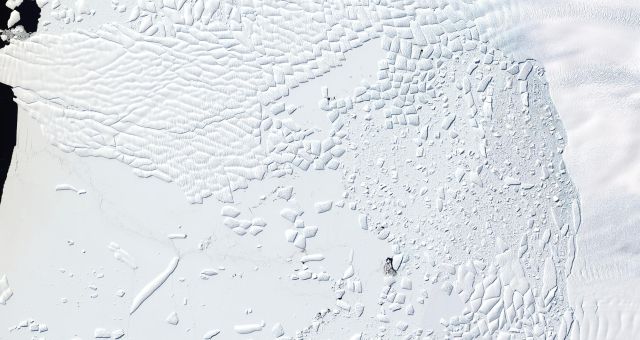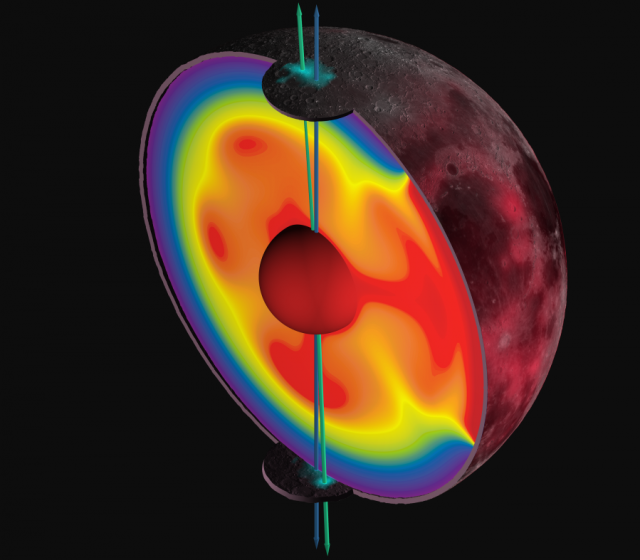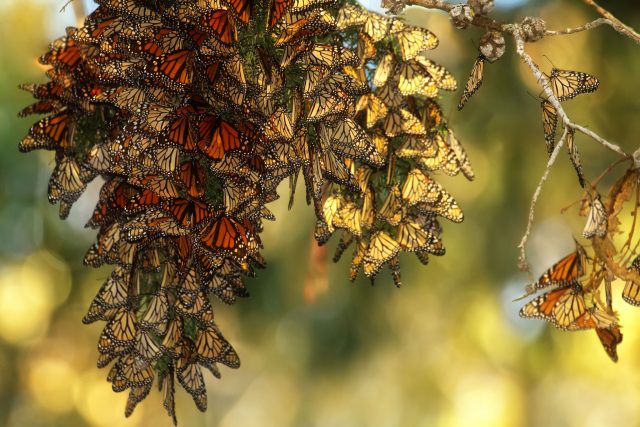
Oceanic crust sometimes ends up on land—like the Ingalls Peak area in Washington. This stuff pulls carbon dioxide out of the atmosphere as it weathers. (credit: brookpeterson)
Earth’s climate has stayed within a pretty narrow range of temperatures over its history if you compare it to the inhospitable heat and cold found elsewhere in our Solar System. This relative stability has been maintained by an intricate system of interactions. On geologic timescales, the chemical commerce between the atmosphere and the rock of Earth’s crust acts as a thermostat. The weathering of common minerals includes a reaction that removes CO2 from the atmosphere. High temperatures (caused by higher CO2) mean faster weathering, which gradually brings CO2 and temperature back down. It’s a moderating influence.
But plate tectonics also fiddle with the dial on that thermostat. Arcs of volcanoes along subduction zones (where one plate dives beneath the other) provide a constant source of CO2, and subduction zones come and go over time. Research using tough zircon crystals as records of volcanic arcs has found a correlation with climate over geologic time. In fact, a new study published this week in Science extends that comparison over the last 720 million years by finding evidence that volcanic activity rises and falls with the great swings in Earth’s climate.
A second study—published in the Proceedings of the National Academy of Sciences and led by MIT’s Oliver Jagoutz—looks at the flip side of the equation: the ability of plate tectonics to strengthen the weathering feedback that eats CO2. Although climate change can increase or decrease the rate of weathering, the amount of exposed and easily weatherable rock makes a huge difference. The igneous rocks that make up oceanic crust, for example, make excellent CO2 sponges—or at least they would, if they weren’t at the bottom of the sea.









